FT Executive Education Rankings 2019: top schools revealed

Roula Khalaf, Editor of the FT, selects her favourite stories in this weekly newsletter.
IMD and Stanford are the world’s leading providers of executive education courses and Iese offers the best bespoke “custom” programmes developed for corporate clients, according to the FT’s 2019 rankings.
Iese of Spain scored just ahead of IMD of Switzerland, HEC of France and Stanford of the US in the combined ranking, which assesses the overall performance of the world’s top business schools that have taken part in this year’s Executive Education Custom and Open rankings.
Jean-Francois Manzoni, president of IMD, which has consistently ranked in recent years as the top-rated open-enrolment provider, said: “We have shown a great deal of consistency in our pursuit of excellence. We recognise that we must continue to innovate to try to stay a step ahead and be true to our mission of developing leaders who transform organisations and contribute to society.”
Jonathan Levin, dean of Stanford’s Graduate School of Business, which has risen sharply to be joint top in open-enrolment this year, said: “Our programmes offer a really immersive experience for participants, a chance to connect with faculty, each other, get exposed to a whole new set of ideas and up to date with what’s going on in the world.”
Financial Times Executive Education rankings 2019
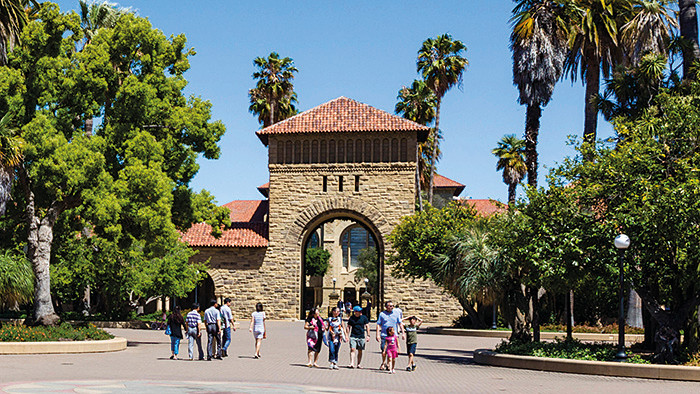
Which schools are in the top 80 for Customised and Open-enrolment programmes 2019? Find out which schools are the top 50 providers for both custom and open courses. Also, learn how the tables are compiled.
The rankings, based primarily on ratings provided by students and companies which have participated in the courses, include assessments of course design, faculty, teaching methods and facilities.
They provide insight into the training needs from employers and executives in an increasingly diverse and competitive market. Unicon, a network of over 100 business schools offering executive education around the world, estimates that its members alone generate $2bn in annual fees, which has been growing by about six per cent annually in the past few years.
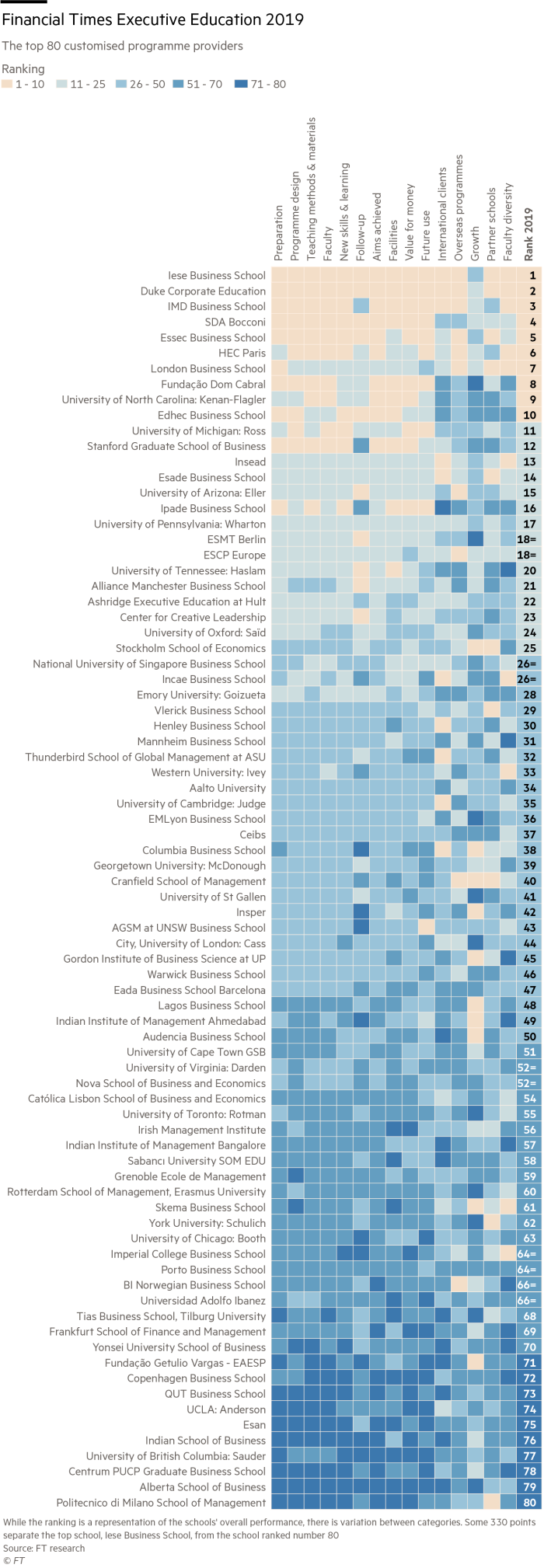
Alongside business schools, there has been sharp growth in rival training courses offered by consultancy firms including McKinsey and PwC, as well as online providers such as Coursera.
Franz Heukamp, dean of Iese, said: “At a time of digital and organisational transformation, we are helping people think about who they are and what they want their organisations to be. Executive education is a way to stay ahead. Other providers are expanding but the market is expanding more quickly. We have less of a potential conflict of interest. The demand is still bigger than the growth in supply.”
The open-enrolment rankings are based on 10 criteria used by participants and six on data submitted by the schools, each of which can be analysed in the full table. Among the top 12 elite providers, only the University of Michigan’s Ross business school, Iese and Washington University’s Olin have more female than male participants.
Insead of France ranks top for international participants coming from outside its region, and Iese for diversity of faculty by nationality and gender. Ross is rated highest for teaching methods and faculty, and Olin for course design.
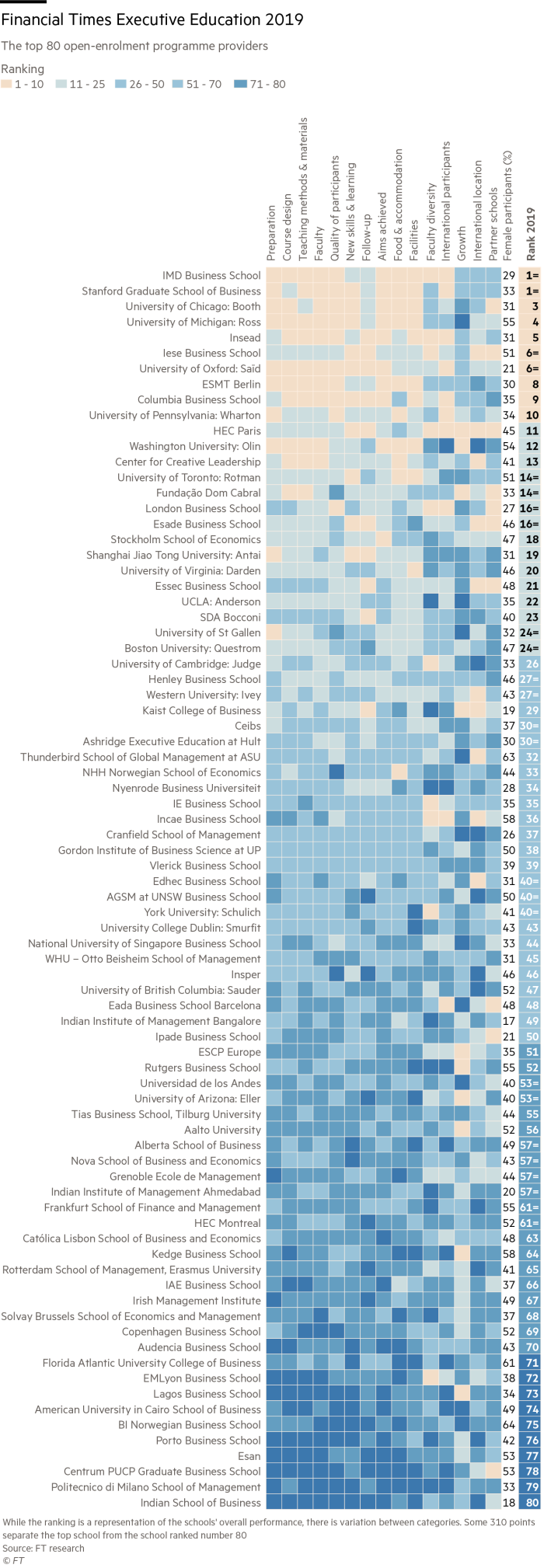
Top for customised programmes: Iese
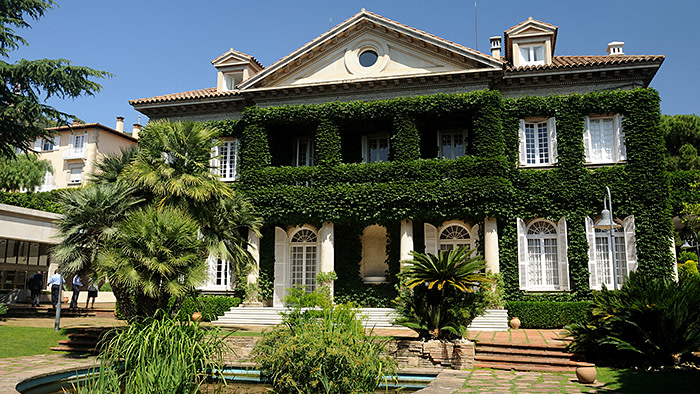
Iese in Barcelona is number one for the fifth consecutive year. Positive reviews from client companies in the corporate survey were important in taking it to the top spot. The school was first for preparation and new skills and learning; second in several categories, including faculty, aims achieved and value for money; and highly ranked for faculty diversity and international participation in the business school survey.
Top for facilities: Fundação Dom Cabral
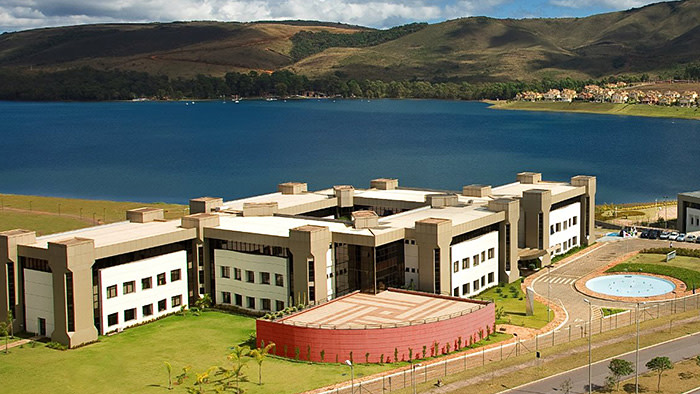
Brazil’s Fundação Dom Cabral is top for facilities, with an attractive campus in Nova Lima, a new site with coastal views near Rio de Janeiro, and another in Belo Horizonte, shared with the masters programme of international partner Skema. FDC is also eighth overall in the custom ranking, in the middle of the top tier of schools. Lower scores for growth, faculty diversity and international clientele are among the few areas keeping the school from achieving a higher position.
Highest entrant: AGSM at UNSW
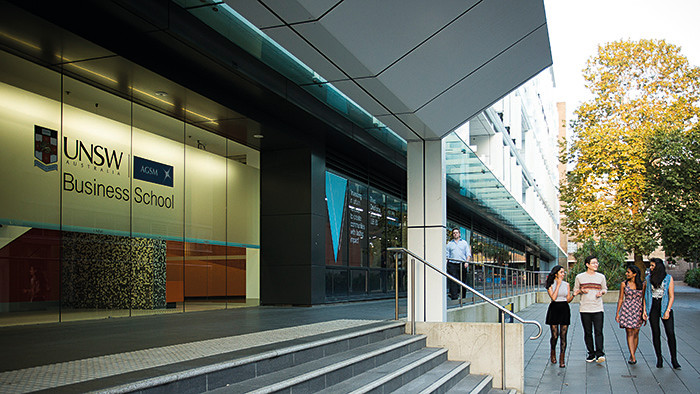
AGSM at UNSW Business School is the highest new or returning entrant, coming in at 43rd this year. Clients of the school were strongly positive about the future use of the lessons learnt. Other schools that are either returning or new to the custom executive education rankings include Copenhagen Business School and the Indian School of Business. The latter was ranked top for executive education in the Asia-Pacific region in 2011.
Biggest rise: Sabanci
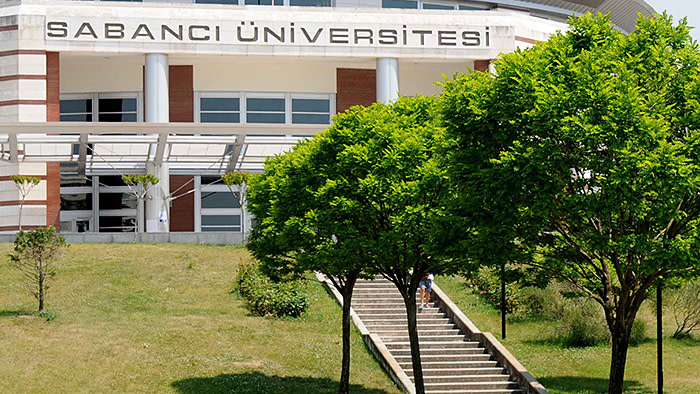
Sabanci University School of Management in Istanbul has moved up 20 places to 58th — the biggest rise this year. Sabanci, which has a strong focus on research, was founded in 1999 as a graduate school of management and later added undergraduate programmes. Other schools that made big leaps include University of Arizona: Eller, which rose 19 places, and three schools that rose 18 places: Ceibs, Insper and Skema Business School.
Top for overseas programmes: London Business School
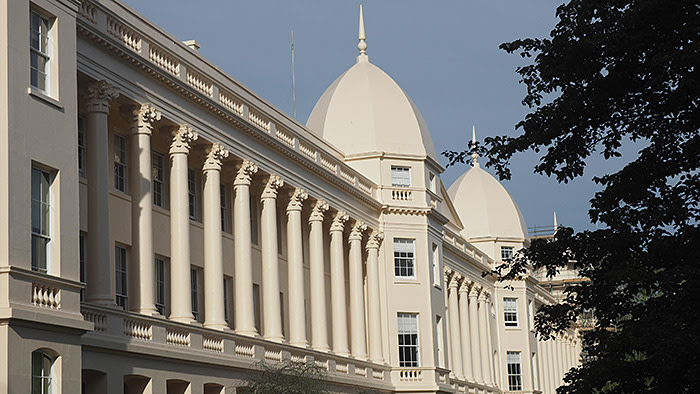
LBS is top for overseas programmes and makes a strong showing overall, coming seventh in the custom ranking. Its placing in this category highlights the large number of programmes implemented for clients in more than one country. Relationships with partner schools are another element that adds value to business schools’ offerings, and LBS has a strong set of partnerships, helping it to achieve a ranking of third in this category of the business school survey.
Joint top for open programmes: IMD
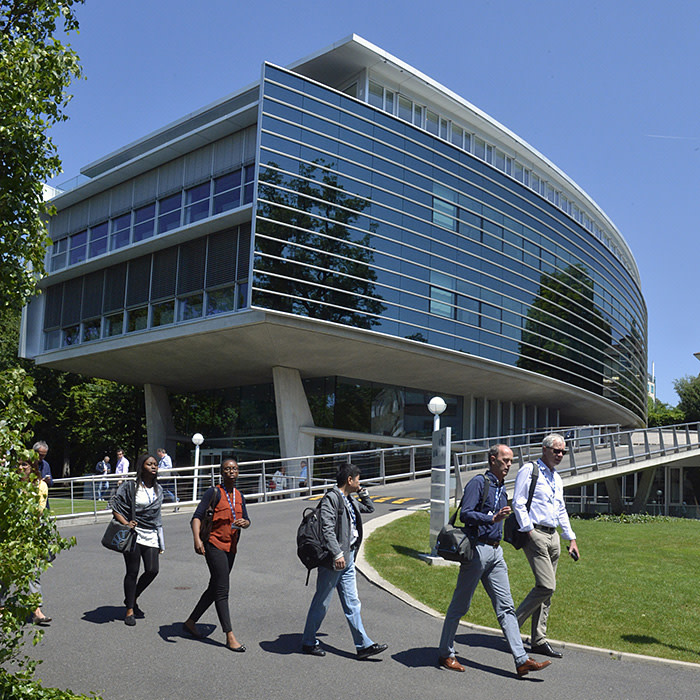
IMD is top for the eighth consecutive year but this time is tied with Stanford. The Swiss school does well for the diversity of faculty, whose quality is ranked second highest. In one student’s words: “The IMD high-performance leadership programme addresses different aspects related to leadership than other traditional programmes: aspects that connect to personal and psychological mindsets, [and] how to improve performance through behavioural change.”
Joint top for open programmes: Stanford

For the first time, Stanford tops the open ranking, though jointly with IMD. Stanford received strong scores in the participant survey, with the highest rank for the quality of participants and aims achieved. One participant says: “The Stanford Executive Program was intense while enjoyable, with a great environment between students, faculty and staff. Being at Silicon Valley allowed me to get deeper on innovation and the new economy.”
Top for course design: Washington: Olin

Washington: Olin is top for course design in this year’s open ranking. This school is 12th overall, and comfortably in the group of top-performing schools. One participant says: “The Women’s Leadership Forum made sure that participants were from different companies or places and that no one organisation had more than six people in the class. This was really good because the organisational ‘groupthink’ was less likely to happen. We also could see how other places functioned.”
Comments